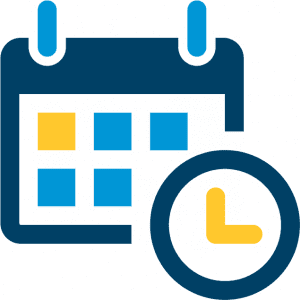Learn about pain management strategies including a clinical approach and the use of opioid therapy for effective relief. Key Points on Safe Pain...
Category - Chiropractic Examination
Chiropractic Examination:
What an initial chiropractic examination does for patients who have musculoskeletal disorders is consists of a consultation, case history, and a physical examination, and laboratory diagnostics. Many health clinics provide additional Functional and Integrative Wellness Assessments to bring greater insight to patient’s examinations with laboratory analysis and x-ray examinations to see what is ailing them.
Consultation:
When a patient consults with their chiropractor, they will be asked what ails them and have a brief synopsis of their ailments such as:
The duration and how frequent are the symptoms.
A description of the symptoms like burning or tenderness.
Where the areas of pain are located at.
What makes the pain feel better like sitting or stretching.
What makes the pain feel worse like standing or lifting.
Case history:
Local chiropractors will identify the areas that are causing the pain by asking questions and learning more about the patient’s history which includes:
Family history
Dietary habits
Past history of other treatments that they have tried
Occupational history
Psychosocial history
Any other questions that local chiropractors may have about their patients are often based on the responses they receive from the questions above.
Physical examination:
By utilizing a variety of methods, local chiropractors can determine which spinal segments that require chiropractic treatment, which includes static and motion palpation techniques to determine that the spinal segments are hypo mobile; which restricts a person’s movement or that the spinal segments are fixated. Depending on the results of the examination, many chiropractors can also use additional diagnostic tests like:
X-ray to locate subluxations which are an altered position of the vertebra.
A device that can detect the temperature of the patient’s skin in the paraspinal region to identify the spinal areas and chiropractors can manipulate the body to make the body be a specific temperature for it to heal.
Laboratory Diagnostics:
If it is needed, local chiropractors can use a variety of lab diagnostic protocols to determine a complete clinical picture of their patients. By teaming up with the top labs in the city, they can give their patients the optimal clinical picture and the appropriate treatments to feel better.
Learn about the clinical approach for substance use disorder and how it helps professionals address addiction effectively. Understanding Substance...
Find valuable insights into pain management in a clinical setting that can transform patient care and reduce suffering. Understanding Pain...
Uncover the relationship between somatovisceral disorders from head injuries and overall health. Key insights for better awareness and care...
Discover techniques to optimize TBI recovery and boost your recovery with better sleep habits and routines. Why Sleep Is the Most Important Part of...
Learn how stress affects those with traumatic brain injury and discover ways to manage stress for better recovery. Understanding Traumatic Brain...
Explore how chiropractic care for TBI can provide relief and improve your quality of life for those affected by tinnitus. Traumatic Brain Injury and...
Learn crucial nutritional guidelines that can aid healing and promote optimal brain function following an head injury. Introduction TBI, or traumatic...


















